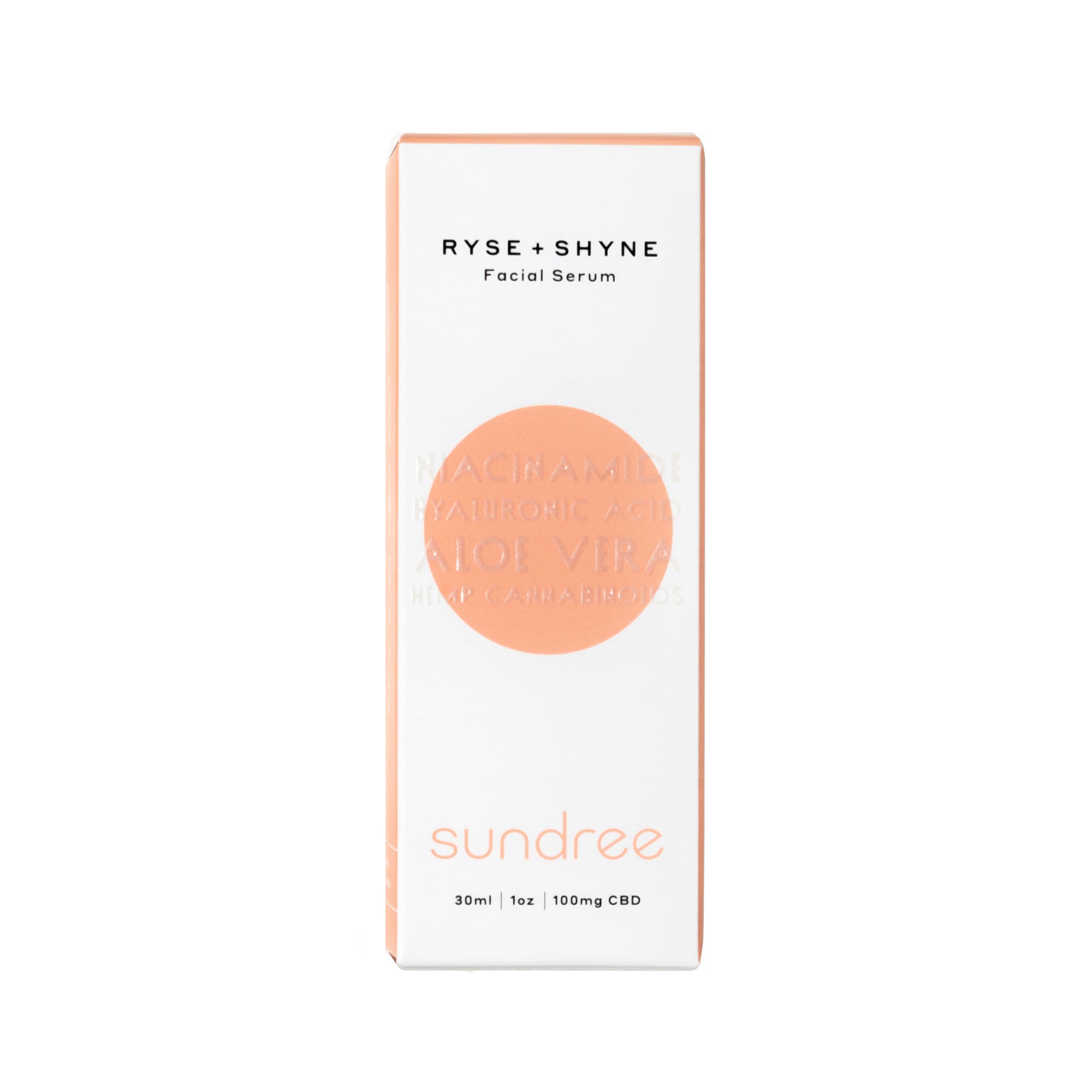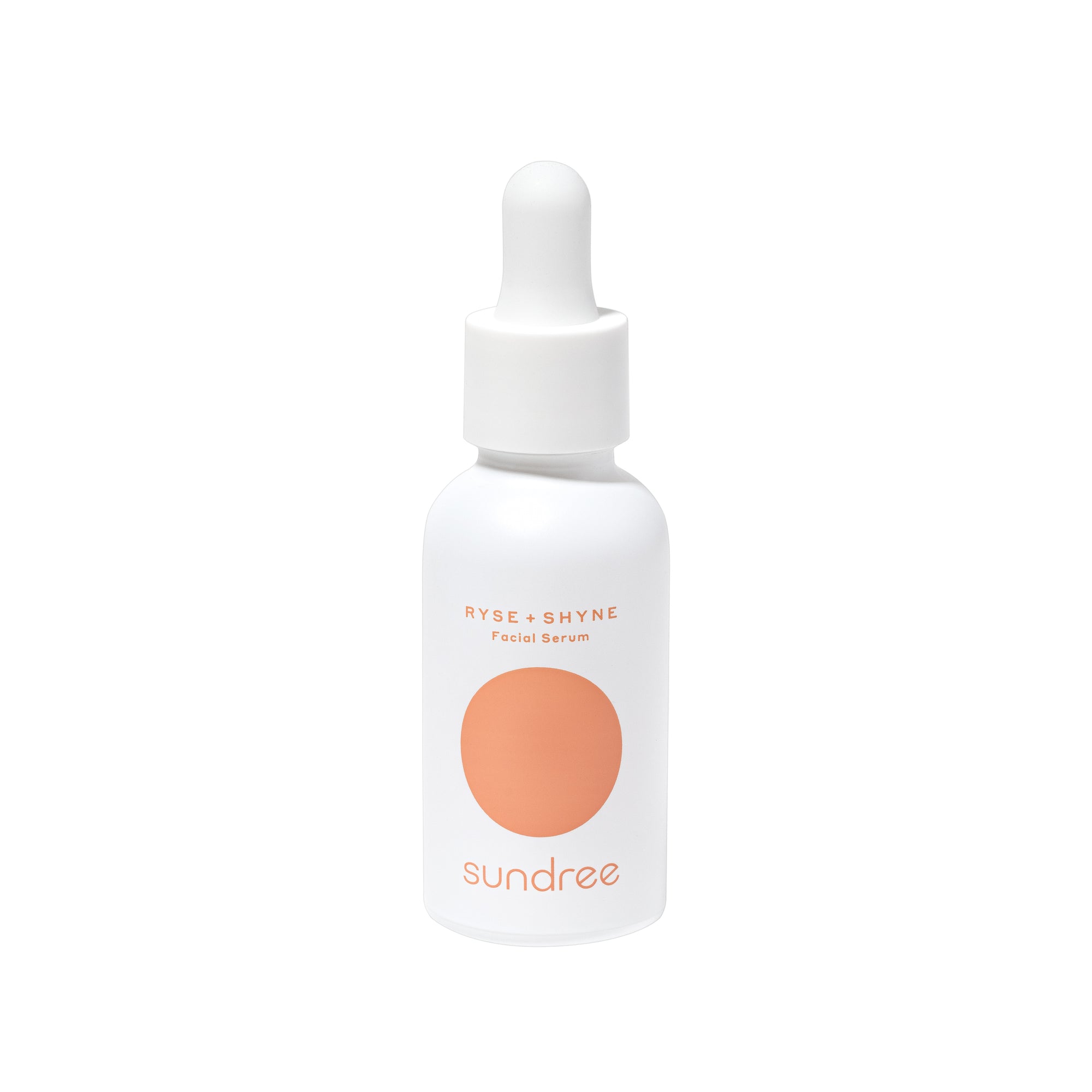We all know that regularly exfoliating the skin is essential for achieving and maintaining a smooth, youthful, glowing complexion. This is the reason exfoliation is one of the most reiterated steps in any skincare regimen. However, while you may know how to exfoliate your face, you may not know the best ways to exfoliate the dead, dull skin on the rest of your body.
If you’re wondering which exfoliating method you should adopt to rejuvenate and exfoliate your skin, dry brushing may be a good choice for you.¹ But before you get on with this method, it’s crucial that you know all about the benefits, risks, the areas on which you should dry brush, and the right way of doing it. So let’s look deeper into it to avoid any adverse effects.
What is Dry Brushing?
Dry brushing is a process of removing dead, dry, and dull skin from the body with a stiff-bristled dry brush to reap various skin and health benefits. The technique has been around for centuries, and people have been using it as a natural way of preventing scaly, rough, and dry skin removal from the body.
The aim is to accelerate cell turnover, boost blood circulation, and enhance lymphatic drainage to eliminate toxins and excess fluid from the body. Dry brushing is also known to help improve the synthesis of collagen in the skin, helping to restore the skin’s elasticity. Furthermore, this method of exfoliation is also seen to yield positive results when done on cellulite.² The brush is rubbed in a specific pattern on the skin to exfoliate the skin.
What are the Benefits of Dry Brushing?
If you’re not sure why you need to make dry brushing a part of your body care, here are some of the reasons this method has gained so much traction in the skincare world:
- Improves Microcirculation: Since dry brushing works by massaging the skin, it aids in boosting the supply of blood to the skin naturally. Your body pushes more blood to the treated areas of the body. When your skin receives more nutrients and oxygen-packed blood, it looks and feels fresher, brighter, and healthier.³ So, if you notice a bit of redness or flushing on your skin after dry brushing, don't worry. It’s just the result of a bit of inflammation due to increased blood circulation, not a cause for concern.
- Sloughs Away Dead Skin: The coarse and stiff bristles of the dry brush buff the skin and help to manually remove the dead skin cells from the superficial layer of the skin. Dry brushing is mainly done for its exfoliating effect, which assists in the faster removal of dead skin cell buildup from the skin's surface. In addition to removing dead skin, dry brushing also draws out oil, grime, dirt, and other impurities from the pores.
- Speeds Up Lymphatic Flow: If you are trying to get rid of puffiness and swelling in different areas of your body, especially the stomach, buttocks, and thighs, dry brushing can be particularly beneficial. Dry brushing these body parts helps accelerate the lymphatic system, encouraging better elimination of excess water, toxins, and other wastes from the body. When you’re sick, your body is exposed to a lot of toxins, your body can retain excess fluid, and lymph nodes become clogged and swollen. The blood in our bodies carries lymphatic fluid. It gets filtered through the lymph nodes scattered in various regions of the body. Dry brushing increases the rate of blood pumping, which flushes out the lymph through the lymph nodes at a higher speed.
- Adds Radiance to the Skin: If your skin looks dull, flaky, and uneven, dry brushing is a great solution for your skin problems. As we mentioned earlier, dry brushing removes dead skin and impurities, boosts blood flow, and reduces puffiness. It leads to even-toned, brighter, and fresher skin. Furthermore, dry brushing stimulates collagen production in the skin, ensuring a plump and youthful complexion. The collagen-boosting action of dry brushing can be specifically helpful if your skin is sun damaged or you have cellulite.
Like any other skin procedure or skincare product, dry brushing is also not a one-size-fits-all technique. For this reason, you must perform this exfoliating method with caution or avoid dry brushing your skin, especially if you have sensitive, inflamed, bruised, and flaky skin.
In addition, dry brushing can bring more harm than good for you if you struggle with an inflammatory skin condition like eczema and psoriasis. So, only proceed with dry brushing after speaking with your dermatologist if you have any of these issues. Also, if you have open wounds or irritated skin, avoid dry brushing your skin as it can aggravate your skin and introduce bacteria to the wound, leading to skin infections.
How to Dry Brush Your Skin
To make sure you practice this procedure correctly and gain the optimal benefit of dry brushing, follow our step-by-step guide to dry brushing:
- To start the dry brushing process, standing in the shower or an empty bathtub is preferable.
- It’s recommended to dry brush in wide, circular movements with light pressure on sensitive areas and more pressure on the areas with thicker skin.
- Start dry brushing your skin from the feet and work upward to the upper body. Dry brush your desired areas, such as feet, legs, thighs, buttocks, back, arms, stomach, and chest.
- When dry brushing your arms, start from your hands and work towards the shoulders.
- Since the skin on your stomach and chest is more delicate, rub these areas gently with lighter movements. You can do upward or circular strokes on these body parts.
- Once you’re done dry brushing, end with your regular shower or bath routine and apply a generous amount of moisturizing lotion, cream, or oil afterward.
How Often Should You Dry Brush?
Dry brushing can leave the skin looking and feeling slightly inflamed, depending on your skin condition and thickness. For example, if you have thin and sensitive skin, you are more likely to have reddened or inflamed skin than thick and normal skin. Hence, you can decide the frequency of practicing dry brushing according to your individual skin type and condition.
That being said, the general rule of thumb regarding dry brushing is that you should only do it once or twice a week. Overdoing it may damage your skin and lead to flaking, itching, and even infections. Moreover, ensure you wash your brush with a gentle soap or baby shampoo at least twice a month to remove dead skin and other buildups.
How to Choose the Right Dry Brush
One of the most important questions about dry brushing is what type of brush should be used. To get the most benefits from your dry brushing routine and avoid any adverse effects on the skin, it’s significant that you choose a bath or shower brush made of natural but stiff bristles. Bristles of many brushes are made of natural materials. It’s believed that the firmer the bristles, the better the outcome.
Also, look for a brush with a detachable and long handle to make the process of exfoliating the skin easier. A longer handle can help you reach the tough-to-reach body parts, such as the back and shoulders.
You can also select bristles with varying degrees of stiffness according to your skin. Softer-bristled brushes are better for sensitive and dry skin, while harder bristles work fine for normal, oily, and combination skin types. The best part about dry brushing your skin is that you don’t need to invest a lot or get many products to get started, and you can find dry brushes easily.
Final Thoughts
There is no denying the fact that exfoliation is quintessential for keeping the skin soft, supple, and radiant. Exfoliating the body is as important as exfoliating the face. Dry brushing is one of the most common ways of exfoliating the body. This method carries a plethora of potential benefits for the skin. However, before you get your hands on a brush and start rubbing it on your skin, it’s essential to know about the benefits of dry brushing, who is the ideal candidate for dry brushing, the correct way to perform it, what are the risks associated with it, and the areas where you should or should not do it.
Citations:
- Brooklyn. (2021). ‘Physical vs Chemical Exfoliants: Which One Is Better For You’, Sundree, Accessed January 26, 2023. Available at: https://sundree.com/blogs/news/the-difference-between-chemical-and-physical-exfoliators
- Harmon, Katherine. (2009). ‘Is Cellulite Forever’, Scientific American, Accessed January 26, 2023. Available at: https://www.scientificamerican.com/article/is-cellulite-forever/
- Monsma, Genevieve and Colino, Stacey. ’13 Small Lifestyle Changes You Can Make Today to Achieve Clearer Skin’, Real Simple, Accessed January 27, 2023. Available at: https://www.realsimple.com/beauty-fashion/skincare/skincare-face/strategies-for-better-skin













